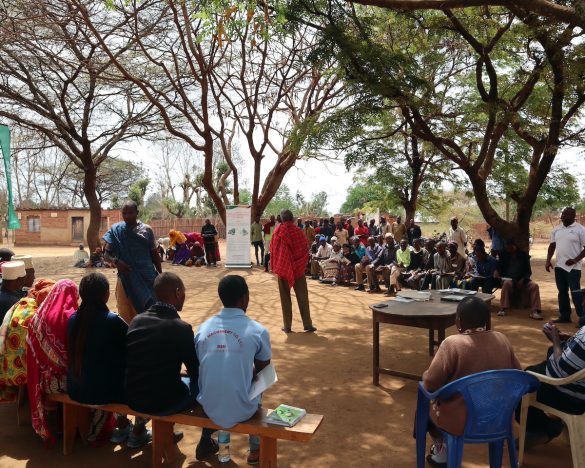Complex systems, simple solutions? Operationalizing diversity to understand technology adoption
Warning: Trying to access array offset on value of type bool in /home/africarising/public_html/wp-content/plugins/slideshare/slideshare.php on line 162
Warning: Trying to access array offset on value of type bool in /home/africarising/public_html/wp-content/plugins/slideshare/slideshare.php on line 165
Since 2013, Africa RISING has been running agronomic trials in various intervention communities in the Northern, Upper East and Upper West region of Ghana. Beyond trials within project led technology parks, selected farmers received inputs to implement single technology packages on their own fields as Baby trials (15m x 15m) or up scaled trials (≥0.405 ha).
While Baby trials promote adjusted rates of agricultural inputs (fertilizers, seeds, sprays), up scaled trials advocate maize-legume integration through rotation or strip cropping. By now farmers have, to varying degrees, adopted and adapted the different AR technologies, enabling a participatory analysis of what worked and what did not.
This poster, presented by Mirja Michalscheck at the Humidtropics Marketplace event in November 2016 summarizes the outcomes of a study conducted by the project team to evaluate different Africa RISING technology packages per farm type and per region in Northern Ghana. This research was based on the hypothesis that smallholder farming systems are diverse and that not all technologies are equally suitable for each farm type and each region.
Results of the study:
- Confirm that Large differences prevailed among farms of different types and regions in terms of their current overall farm performance, the impact and implementation of AR technologies as well as their room ‘to maneuver’.
- Suggested that low resource endowed (LRE) households would benefit most with the greatest relative change in operating profits, due to the high importance of the AR crops (maize, cowpea) on their farm. LRE farms also evinced the greatest increase in profits per additional labor unit invested.Furthermore, expected profits, yields and the soil organic matter balance were higher for farms in Nyangua (Upper East) than in Duko and Zanko, despite small farm sizes in the Upper East. Higher profits were typically only attainable at higher labor inputs.
- Reveal that crop related soil fertility measures are particularly important for households with no (or little) livestock, since they do not have (enough) own animal manure to maintain their soil fertility.
CGSpace record: http://hdl.handle.net/10568/78119
Related story to this bit of work on this blog




